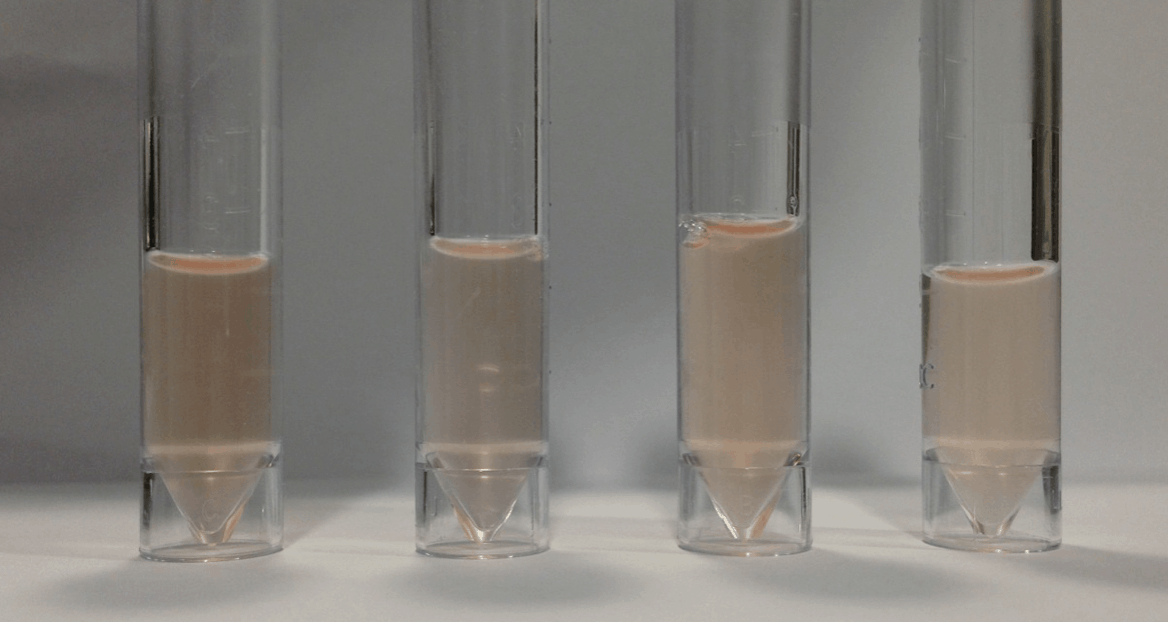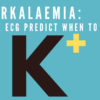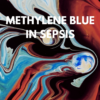This week we try something different. I interview the lead author of a recent paper on a proposed risk stratification approach to the investigation of Sudden headache.
We risk stratify heart disease, we stratify pulmonary embolism and so many other things in the emergency department….why not sudden onset of headache.
We know that at most, about 10% of patients who present with sudden severe headache actually have a warning leak (see other causes below). What is it that scares us about subarachnoid haemorrhage? If a re-bleed occurs, 50% of patients die, of the remaining 50%, only half will return to a normal level of function.
This paper by Dr Pouryahya et al (1) was was just published in the October edition of Emergency Medicine Australasia.
Watch the video or listen to the podcast version for a wide ranging discussion on diagnosing SAH with the lead author Dr Pouryahya. Dr Pourya Pouryahya is an Emergency Physician and Director of Emergency Medicine Research at Casey Hospital Melbourne.
What they did
Retrospective Study
n=4407 with sudden headache
Some patients were diagnosed with a subarachnoid haemorrhage on CT brain (9%).
Some had lumbar punctures and some where admitted for further investigation
2613 patients were discharged with no lumbar puncture(LP), following normal CT, but had a 6 month followup.
230 patients were lost to followup.
Only one patient had a true positive LP following negative CT.
The author suggests a risk stratification approach to determine who requires further testing past a CT brain. The stratification is based on odds ratios related to different historical and examination findings initially discussed by Carpenter(1) in a 2016 meta-analysis.
How to risk stratify
When a patient presents with sudden headache and we are trying to rule out SAH, we can use likelihood ratios to develop a pre-CT risk assessment. The patients that give us the greatest problems are those with sudden headache, normal conscious state and perhaps some other mild symptoms.
We can assess the patient’s risk by looking at likelihood ratios. Positive likelihood ratios are just as important as negative ratios. The likelihood ratios used in this paper are shown in the table below.
In patients with a non-contrast CT brain that is normal we can risk stratify into:
- low risk: you’re done from the point of view of SAH (there may be other diagnoses to consider)
- Intermediate or high risk: more investigations are needed: LP/CT Angiogram(CTA)

(1)
An example of how to risk stratify as per this study
Here is an example using the likelihood ratios.
A patient presents with sudden onset of the worst headache ever with only nausea. The headache started about 7 hours ago.
The likelihood ratios for this patient from the table above are( please note that we can use only the items with the highest likelihood ratios, but I have used them all here to demonstrate):
- worst headache(LR 1.25) and thunderclap (LR 1.34) in nature
- It did not happen during exertion(LR 0.88), or during intercourse (LR1.0)
- There was no loss of consciousness (LR 0.91) and no blurred vision (LR 0.85)
- The patient did have nausea (LR 1.15) but no vomiting (LR 0.52)
- The was no meningism (LR 0.78), or altered mental status (LR 0.87), or focal neurology (LR 0.81) and the patient was able to walk (LR 0.85)
If we multiply these ratios(positive and negative) together, we get a resultant ratio of 0.32. If we assume the base rate is between 7.5 and 10%. We can use the likelihood ratio to see how the base rate is modified. That means that if 10% of patients with sudden onset of headache has a SAH, how is that base rate modified by the history and examination.
We can use a several formulas (refer to paper’s appendix) so that a combined LR of 1.02 is reached. This means that a LR of about 1.0 is needed, when a CT scan done 6-12 hours post headache onset to produce a miss rate of < 1 in 1000.
Our combined likelihood ratio above, is ~0.3. So the risk is small of missing a SAH is far less than 1 in 1000, if the CT is negative.
Discussion
We do need a prospective trial here to follow this up. Although I’m not sure that this will ever be done due to the numbers needed.
Key points to consider in patients presenting with sudden onset of headache
You may want to read a short review I wrote a few years ago ‘There is no consensus in the way we investigate potential subarachnoid haemorrhage’.
- About 10% of all patients presenting with sudden onset of headache will have an aneurysmal related warning leak
- Some of these…about 15% will re-bleed early ie., in the first 24-48 hours. A larger number will re-bleed in the first 4 weeks. That’s why the window that a sentinel bleed gives us is so important.
- In terms of Lumbar Puncture
- The red cell method may not be helpful
- The use of 3-4 tubes with an expectant red cell number drop across the tubes (which identifies traumatic tap) is not reliable.
- The actual number of red cells ie., a cutoff, of say 2000 has not been widely accepted
- The bottom line is that we can’t really distinguish between traumatic and non traumatic taps
- Xanthochromia
- This is considered the gold standard
- We have to wait for xanthochromia to develop. This can take up to 12 hours
- We can only use xanthrochromic results if performed by spectrophotometry. This testing is mostly done at larger centres.
- The red cell method may not be helpful
- In terms of the CTA
- From the study above, if our pre-test probability is moderate to high, patients should have a CTA if the non-contrast brain CT is negative. I tend to have a lower threshold for a CTA for reasons below.
- We tend to do CTA’s if the LP is considered positive, so the question is ask is, “Why don’t we just do a CTA post all CT brains?”
- Apart from mathematical modelling, there have not really been any good studies for CTA. A study would need to be very large to be adequately powered
- There is the concern of radiation exposure, however we need to realistically think about this in relation to the high risk of missing an aneurysm, or other cause of sudden headache.
- Contrast induced nephropathy is not something we consider- unless we have a patient with an eGFR that is super low.
- There is always the question of “What do I do if I haven’t done an LP but find an aneurysm on CTA?”
- We know that there is about a 2% incidence of incidental aneurysms found at autopsy
- It may be that that is where the LP is done. If the CTA is positive, the LP may help us determine if that aneurysm is bleeding
- As discussed in the interview above, if we find this aneurysm, then it may be that a DSA needs to be performed via neurosurgery. Although this has it’s own risks.
- I like CTA’s from the point of view, that they don’t just tell us about aneurysms, they also tell us about other potential causes of sudden headaches. Remember at most, 10% of sudden headaches are aneurysmal.
- Sudden headache isn’t binary ie., SAH or not. If we rule out subarachnoid haemorrhage, we still need to think of other causes, some of which are shown below. CTA may assist.
- Migraine
- Carotid artery dissection
- Vasospasm
- Venous sinus thrombosis
- Sudden headache isn’t binary ie., SAH or not. If we rule out subarachnoid haemorrhage, we still need to think of other causes, some of which are shown below. CTA may assist.
References
- Pouryahya P et al. Utility of lumbar puncture after a normal brain commuted tomography scan in patients presenting to the emergency department with suspected subarachnoid haemorrhage(SAH): A new more rational approach. EMA 2020 32,756-762.
- Carpenter C et al. Spontaneous subarachnoid haemorrhage: a systematic review and meta-analysis describing the diagnostic accuracy of history, physical exam, imaging, and lumbar puncture with an exploration of test thresholds. Acad Emerg Med. 2016 Sep; 23(9): 963–1003.










